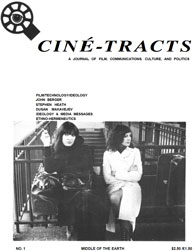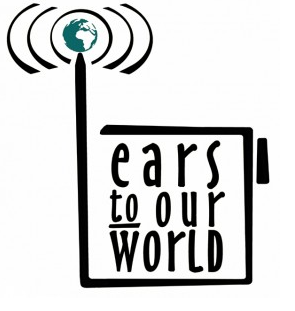Please refer to the last three entries for the context for this series.
The NewMic collaboration began with two major reference points, Palo Alto and MIT’s Media Lab. Again, this was not unusual. Other projects in Montreal, Melbourne, Dublin and Germany referred to and attempted to reflect the successes of MIT and Xerox. In the beginning the mandate of NewMic was described as follows:
To accomplish its mission, NewMIC is focused on the following objectives:
• Attracting and retaining outstanding faculty and graduate and undergraduate students in new media research and in art and design areas.
• Building excellence in new media innovation.
• Creating more skilled IT staff and industry clusters.
• Developing better industry-university-institute collaboration for the purposes of technology transfer.
• Encouraging the transfer and commercialization of technology through incubation support.
• Attracting more venture capital to the new media industry. (March 2001)
The industrial design component was incorporated into the vision by default under the rubric of New Media. This proved to be an error because so much of New Media is driven by the cross disciplinary relationship among interface design, product design and inclusive design. Ultimately, the goal was to frame the experience of users of New Media within a product-oriented set of research pursuits. Ironically, so many of the lessons that designers have learned over the last two decades, the importance of detailed ethnographic inquiry, the need to think about the relationship between product and user, the flexibility that is necessary to make interfaces work for many diverse constituents, the fact that design is really about people. See a recent speech by Dr. Stefano Marzano, CEO & Chief Creative Director, Philips Design and the knowledge that inclusivity cannot be attained without understanding how people live, was not directly applied to the research in New Media.
The emphasis on innovation, technology transfer and commercialization, although necessary, cannot be accomplished in a context that is entirely oriented towards applied research with short timelines. This is a conundrum because it is completely understandable that industry would want to see some results from their investment, but the essence of collaboration is that it takes time. In fact, one of the crucial lessons of the NewMic experience is that developing designs that are environmentally sensitive and inclusive requires not only that people from different disciplines participate, but that time be given over to the development of shared communities of interest. Interdisciplinarity is as much about a coming together as it is about recognizing differences.
Here are some examples of the discussions that were held on various projects:
Scenario 1:
Setting: World Trade Organization demonstrations in Seattle
Technology: Wireless devices
1. Two organizers need to stay in constant contact. They need to gain access to information quickly and efficiently.
2. Their wireless devices have to have access to a mapping program that allows them to constantly track each other,
3. They run into unexpected problems including some demonstrators destroying public property, additional police blockades and more passive demonstrators who want to march peacefully but find themselves caught up in the action.
Use:
1. Telephonic
2. Exchange of information
3. Mapping
4. Ability to connect to other organizers
5. Ability to send video images quickly to confirm events
6. Ability to allow other organizers to join their private network
7. Ability to gather in snippets of news broadcasts for additional overviews of the information
8. Instant messaging
9. Use of icons to show location and intention
The distance between the devices determines connectivity and peering relationships are established and can change as circumstances permit. An important feature would have to be the ability to identify hostile as well as friendly “connects.��?
Living Archive:
The living archive becomes an adaptable software component of P2P. As the demonstrations develop, the LA brings all of the data into a series of predetermined categories. Then, using AI, it begins to prioritize the input and change the order to reflect moment-to-moment changes in events.
Components:
1. Memory cells
2. Visible icons for the cells
3. Input tracing
4. Output tracing
5. Cells can be rearranged and edited in much the same way as a series of images
6. As different memory cells are attached to each other, the program maps the history
7. Images and sounds form one of the sources for the cells
The key to a successful communications network will be the ad hoc nature of the usage. There will have to be enough elements to allow for changes on the spot.
 Saturday, December 31, 2005 at 2:05AM
Saturday, December 31, 2005 at 2:05AM 



